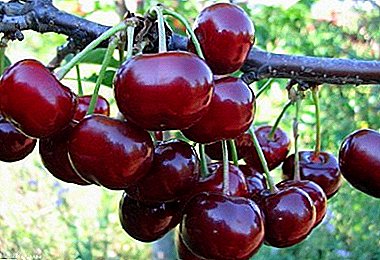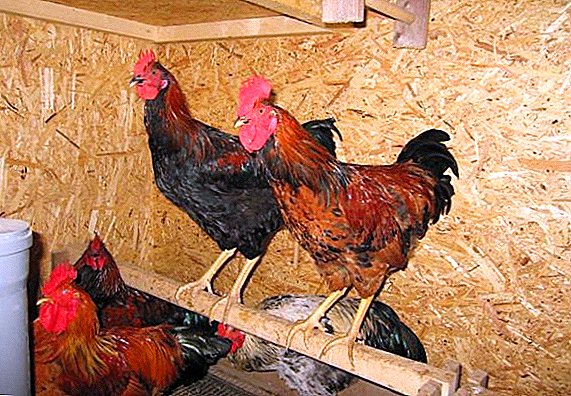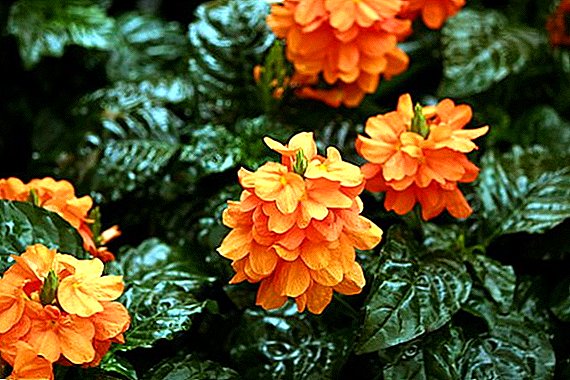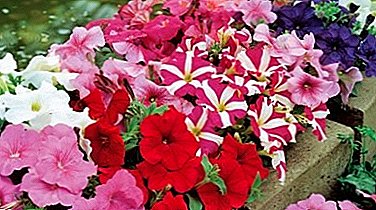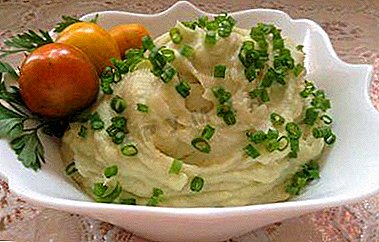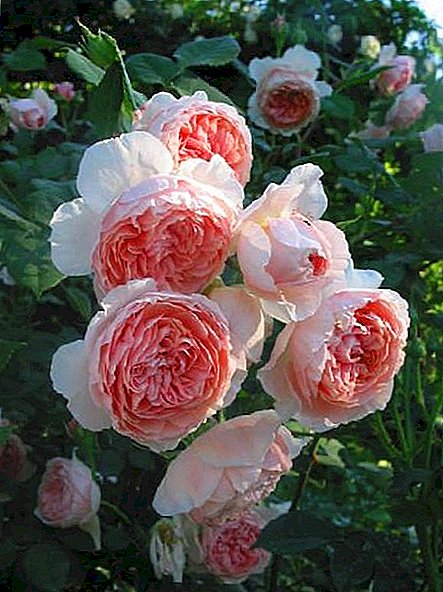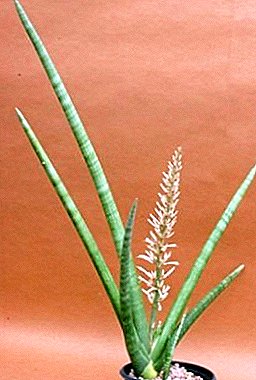
A long, sharp sheet- “tongue” of sansevieria made it possible to compare it with a stinging mother-in-law, and a striped green color with a pike tail.
By itself sansevieriagrowing in nature on the dry, stony soils of the tropics of Africa, India and America, thanks to its endurance and unpretentiousness, has a well-deserved reputation as "unkillable" plants.
Even completely devoid of soil, just in a vessel with water, it persists for a long time and even grows.
but increased durability Sansevieria is not a reason to deprive it of a convenient container and suitable soil.
Landing capacity
The root system of the “tongue tongue” develops slowly and is located shallowly.
Therefore, the container for planting must be chosen so that it is wide but not deep and in size matched the size of the plant.
Sansevieria will master the landing capacity too much. The pots for the mother-in-law tongue are chosen from the calculation: the height is half the diameter - for low grades. For medium-high and high specimens, the height of the tank may be equal to its diameter.
In addition, the bottom of the container should have drainage holes of sufficient size to ensure efficient outflow of excess moisture.
Soil composition
For the "pike tail" is better to choose the soil moderately fertile, loose, slightly acid.
Ready soil suitable soil mixture for cacti and succulents, and for self-production - one of the following compositions:
- two parts of leafy land, half of the humus, one part of the sod land, peat and sand;
- one part of turf, one part of leafy ground, two parts of coarse sand;
- three parts of turf land, one each - peat and sand.
You can also add to the main varieties of land for sansevieria. perlite, vermiculite, brick chips, pieces of charcoal and a small amount of bone meal.
Sometimes sansevieriya planted in compositions of ampelous and ground cover plants. In this case, so that the not too intensively growing “pike tail” could compete with more aggressive species, a nutrient substrate of the following composition would suit it: three parts of sod land and one part of peat, coarse sand and compost.
Landing

When planting a pike tail flower, be sure to take care of good drainage: expanded clay, brick battle with pieces of charcoal, or small pebbles should be laid on the bottom of the planting tank and fill up to a third of its volume (especially a thick drainage layer is needed for young plants).
To plant sansevieriya need with a lump of earth, braided roots, so that the not very powerful root system of the succulent is less traumatized.
Transfer
Young pike tails are transplanted every spring, March-April. Mature specimens need more rare once in two or three years, spring "relocation".
The signal for transplanting Sansevieria is complete weaving of the earth root system.
Despite this, the next capacity for planting is chosen only slightly larger than the previous one - the roots of the “pike tail” grow slowly and pathogenic processes can take place in the ground “undeveloped” by the plant.
As a rule, in "mother tongues" with more or less suitable conditions of maintenance rhizomes with new, young shoots thrive well.
Such rhizomes seatedby separating the side shoots. The escape, on which there is at least one growth bud, can become an independent plant in a separate container.
In this way, to transplant pike tail, the expanded rhizome is cut, the cut sites are treated with crushed charcoal or fungicide and planted in containers corresponding to the sizes of the divided parts.
In addition, each tank is provided with a sufficient drainage layer and suitable soil.
Extremely resilient resident of our apartments and offices, sansevieriya - "pike tail" and "mother tongue" - has every right not to survive, but to live a full life; she is readily responds to even minimal care.
Correctly and timely transplanted sansevieria develops well, gives abundant shoots, blooms - and, according to the NASA list, actively absorbs toxic atmospheric impurities such as nitrogen oxide and formaldehyde.
Photos of Sansevieria
More photos of the "mother-in-law language" see below:







